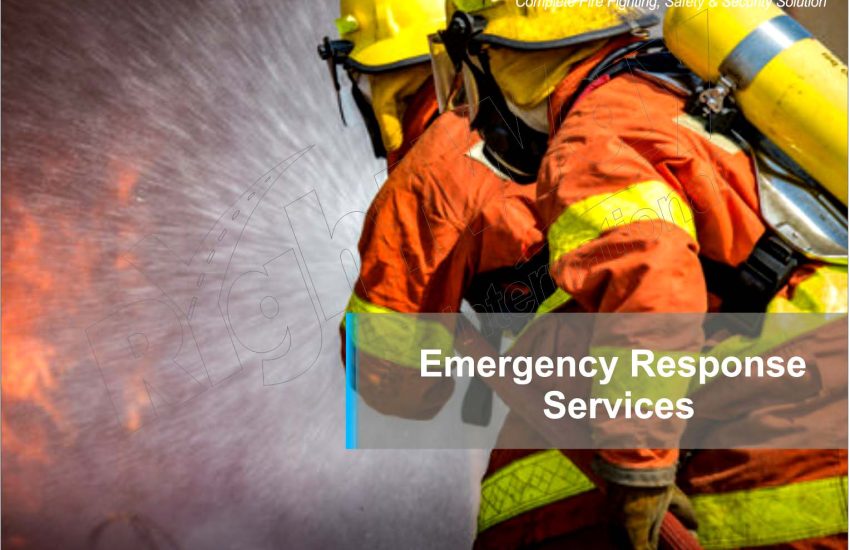Emergency Response Services (ERS) are critical to ensuring public safety and well-being during crises. These services encompass a range of activities, including medical assistance, fire fighting, rescue operations, and disaster management. This article explores the various components of emergency response services, their importance, and how communities can enhance their effectiveness.
Key Components of Emergency Response Services
- Medical Emergency Services
- Emergency Medical Services (EMS) provide urgent medical care and transport to individuals experiencing health crises.
- Paramedics and EMTs are trained to assess conditions quickly, provide life-saving interventions, and transport patients to hospitals.
- Fire Services
- Fire departments respond to fires, rescue operations, and hazardous materials incidents.
- Firefighters are trained not only to extinguish fires but also to handle emergencies like vehicle accidents and natural disasters.
- Law Enforcement
- Police departments ensure public safety, manage crowd control, and respond to criminal activities during emergencies.
- They also collaborate with other agencies to maintain order and facilitate evacuations when necessary.
- Disaster Management
- Emergency response services include planning for and responding to natural disasters, such as hurricanes, earthquakes, and floods.
- This involves coordination with local, state, and federal agencies to ensure a unified response.
- Community Outreach and Education
- Effective emergency response includes educating the public on preparedness measures, such as creating emergency kits and developing evacuation plans.
- Community engagement fosters resilience and encourages proactive measures to enhance safety.
Importance of Emergency Response Services
- Rapid Response
- Quick access to emergency services can mean the difference between life and death. Timely interventions can significantly reduce the impact of emergencies.
- Resource Coordination
- ERS involves coordination among various agencies, ensuring that resources are used efficiently and effectively during a crisis.
- Public Safety
- By addressing emergencies promptly, these services help maintain public order and safety, providing reassurance to the community.
- Recovery Support
- After an emergency, response services often play a role in recovery efforts, helping individuals and communities rebuild and heal.
Enhancing Emergency Response Services
- Training and Drills
- Regular training for emergency personnel ensures they are prepared for various scenarios. Drills involving community members can also improve overall readiness.
- Investment in Technology
- Utilizing technology, such as GPS for dispatch and mobile apps for public alerts, can enhance communication and efficiency during emergencies.
- Collaboration with Community Organizations
- Partnering with local organizations can improve outreach and preparedness efforts, ensuring that vulnerable populations receive the necessary support.
- Public Awareness Campaigns
- Educating the community about emergency procedures and preparedness can empower individuals to act effectively during crises.
Conclusion
Emergency Response Services are vital to maintaining public safety and well-being in times of crisis. By understanding their components and importance, communities can work to enhance their effectiveness and resilience. Prioritizing training, technology, collaboration, and public education will ensure that emergency response continue to be a reliable lifeline when it matters most.


